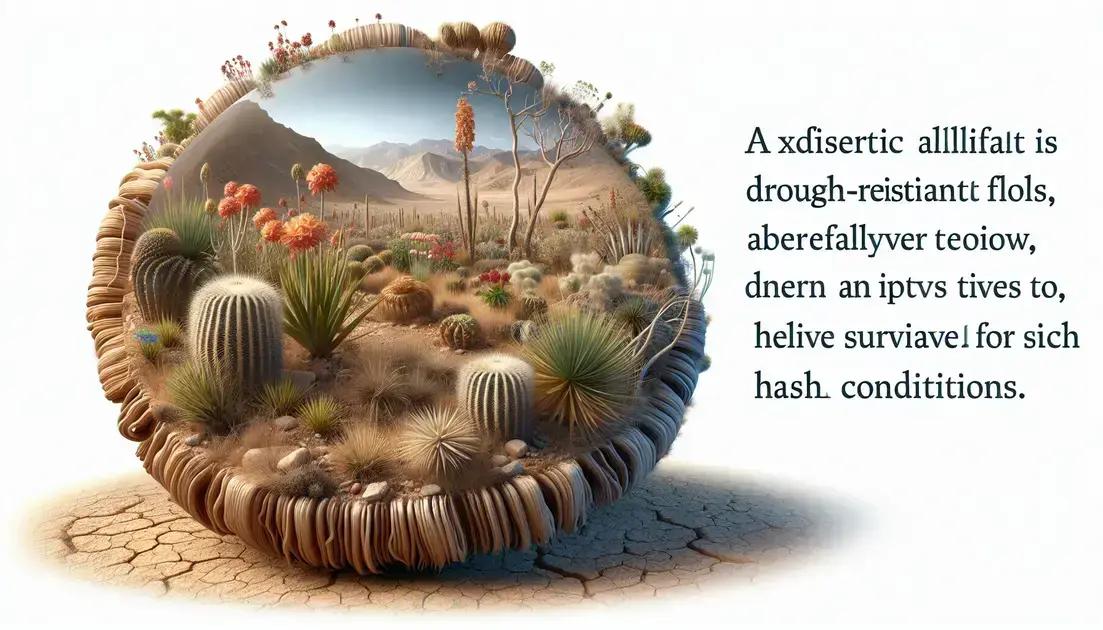Canada’s arid landscapes, such as Waterton National Park and the Carcross Desert, offer unique beauty and biodiversity. These locations are ideal for photography and have flora adapted to extreme conditions, highlighting the importance of environmental preservation.
To the arid landscapes in Canada Canada’s natural beauty may come as a surprise to those who believe that the country’s natural beauty is limited to forests and lakes. However, Canada is home to stunning regions that challenge this perception, offering unique terrain full of contrasts and textures. In this article, we’ll explore what defines these landscapes, where to find them, and the impact of climate change on these fascinating ecosystems.
See the True History of Canada
Surprising dry regions
Canada is a country known for its vast natural beauty, but surprisingly, it has dry regions that offer a unique and fascinating setting. Many people don't associate Canada with arid lands, but these areas have a wealth of biodiversity and outdoor experiences that are worth exploring.
What to See in Dry Regions
Among the most notable dry regions, we find the Province of Alberta, where the Waterton National Park is an excellent example. This park features arid landscapes where mountains meet dry plains, creating a combination of ecosystems.
Another impressive place is the Carcross Desert, in Yukon, which has sand dunes and dry climate vegetation, providing a rare environment in northern Canada.
Outdoor Activities
These dry regions are not only visually stunning, but also offer a range of outdoor activities. Hiking trails, wildlife spotting, and exploring unique geological formations are just a few of the options available. landscape photography is especially popular, as the contrasts between the blue sky and the arid soil create stunning images.
The Impact of Climate Change
Unfortunately, the climate change have taken a toll on Canada’s arid landscapes. Rising temperatures and changing precipitation patterns are threatening these fragile ecosystems. Protecting these areas is essential, not only to preserve their natural beauty, but also to maintain the biodiversity they support.
See the True History of Canada
unique flora

THE unique flora Canada’s arid landscapes are a fascinating aspect that should not be underestimated. Although these areas are dry, they are home to an astonishing diversity of plants adapted to extreme conditions.
Plant Adaptations
Plants that grow in arid regions develop special adaptations to survive the lack of water. Many species, such as cacti and succulents, store water in their leaves or stems. Others have long roots that reach deep water tables or small leaves that minimize moisture loss.
Native Species
Among the notable spices, the mountain peach and the sweet pea are examples of plants that thrive in Canada's arid climates. Not only do they survive the harsh conditions, but they also play a crucial role in the local ecosystem by providing food and shelter for wildlife.
Importance of Conservation
Protect the unique flora Conservation of these regions is essential, as many of these species are threatened by climate change and human activities. Conserving native plants ensures habitat preservation and the continuity of ecological cycles, allowing these plant communities to continue to thrive.
Photo points
To the arid landscapes of Canada offer a variety of amazing locations that are truly photo points. These places provide unique opportunities to capture the natural beauty and uniqueness of dry regions.
Waterton National Park
In Alberta’s Waterton National Park, visitors can find stunning views that make for spectacular photo compositions. The rugged mountains contrast with the dry valleys for a picture-perfect backdrop. It’s a popular spot for sunset photos, when the sky is filled with vibrant colors.
Carcross Desert
The Carcross Desert in Yukon is home to sand dunes and scenery that looks like something out of a movie. The sand formations and scattered vegetation create a unique environment that is ideal for landscape photography. This desert is a popular stop for photographers looking to capture the arid beauty of the north.
Drumheller Geological Formations
In Drumheller, Alberta, geological formations known as Badlands are one of the most iconic photo spots. The rock layers and deep valleys, shaped over millennia, offer stunning views and are perfect for exploring Canada’s geology. The wildlife, including fossilized dinosaurs, also provide unique photo opportunities.
See the True History of Canada
Explore Canada's Arid Landscapes
Canada’s arid landscapes offer a world of beauty and discovery. From unique flora to stunning photography spots, each region has something special to offer. It’s important to appreciate these areas, as they are not only a visual delight, but also essential for biodiversity.
Visiting places like Waterton National Park, the Carcross Desert, and the Drumheller Badlands can provide memorable experiences and unforgettable photos. What’s more, preserving these landscapes is crucial in the face of climate change.
So when planning your next adventure, keep Canada’s rugged landscapes in mind. They are a testament to the natural diversity and beauty this country has to offer.


